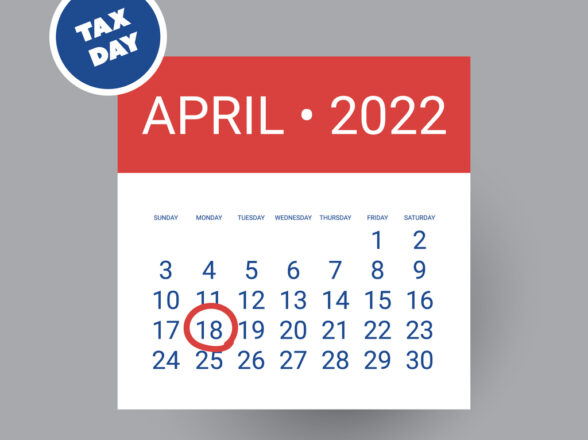Blog
How to Access Your IRA Without Penalty Before Age 59 ½

Section 72(t) of the Internal Revenue Code allows individuals to access funds from their retirement accounts before reaching the typical retirement age of 59½ without incurring the standard 10% early withdrawal penalty. These distributions, known as 72(t) or Substantially Equal Periodic Payments (SEPP), are designed for those who need to tap into their retirement savings early due to financial necessity or strategic retirement planning. Here’s how they work:
Understanding 72(t) Distributions
Purpose: The primary purpose of 72(t) distributions is to provide a way for individuals to take early withdrawals from retirement accounts like IRAs, 401(k)s, or other qualified plans without facing penalties, under specific conditions. This can be particularly useful for early retirees, those transitioning between careers, or anyone facing unexpected financial hardships.
Mechanics: To qualify for penalty-free withdrawals under 72(t), the following must be adhered to:
- Commitment: Distributions must be taken for at least five years or until the individual reaches age 59½, whichever is longer.
- Calculation: There are three IRS-approved methods to calculate these payments:
- Required Minimum Distribution (RMD) Method: Uses life expectancy tables to determine the amount, typically resulting in lower initial payments but allowing for annual recalculation.
- Fixed Amortization Method: Calculates payments based on life expectancy and a chosen interest rate, offering a fixed payment that doesn’t adjust with market changes.
- Fixed Annuitization Method: Similar to amortization but uses an annuity factor from IRS mortality tables to create a fixed annual payment.
- Consistency: Once started, the payment amount must remain consistent. Modifying or stopping these payments before the required period can result in the retroactive imposition of the 10% penalty, plus interest on all distributions taken to date.
Pros and Cons
Advantages:
- Penalty-Free Access: Allows access to retirement funds without the early withdrawal penalty, providing financial relief or flexibility.
- Flexibility in Planning: Can be part of a broader financial strategy for those looking to retire early or need income during a career transition.
- Diverse Applicability: Applicable to various retirement accounts, not just one type.
Disadvantages:
- Inflexibility: Once you start, you must continue for the specified period, which might not align with changing financial needs or market conditions.
- Tax Implications: While you avoid the 10% penalty, the distributions are still subject to regular income tax, potentially pushing you into a higher tax bracket if not planned carefully.
- Risk of Errors: Incorrect calculation or breaking the schedule can lead to significant penalties, requiring meticulous planning or professional advice.
Practical Considerations
- Professional Guidance: Given the complexity, consulting with a financial advisor or tax professional is highly advisable before initiating 72(t) distributions. They can help with accurate calculations and understanding the long-term impact on your financial plan.
- Life Changes: Events like disability, divorce, or changes in employment can complicate this strategy. It’s crucial to consider how such changes might affect your ability to continue these payments.
- Impact on Retirement Savings: Withdrawing funds early means less growth over time, potentially impacting your financial security in later years.
Real-World Application
While 72(t) distributions offer a pathway to early retirement funds, they’re not a one-size-fits-all solution. They require careful consideration of one’s financial situation, tax implications, and future retirement needs. For some, this method can be a strategic tool for managing cash flow in early retirement or during significant life transitions, but it demands a commitment to a long-term plan that might not be ideal for everyone.
In essence, 72(t) distributions are a nuanced aspect of retirement planning, offering an option for those who need to bridge income gaps or wish to retire earlier than conventional retirement ages allow, but they come with their own set of challenges and requirements.




































































































































